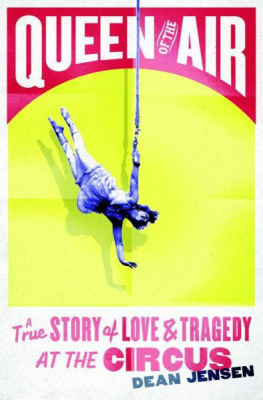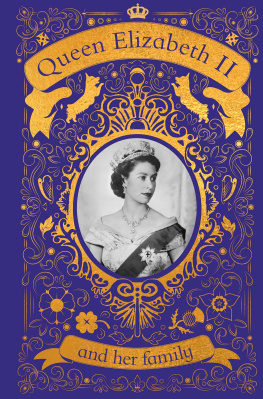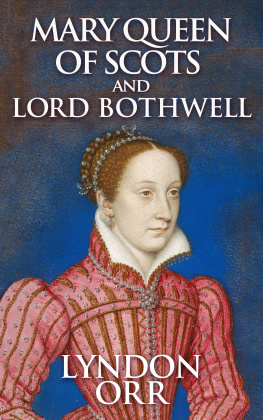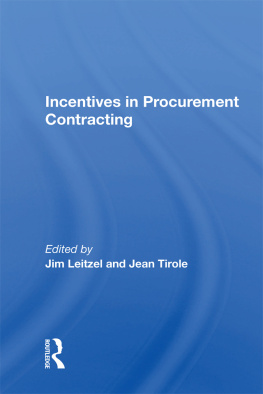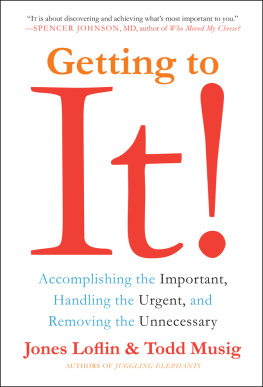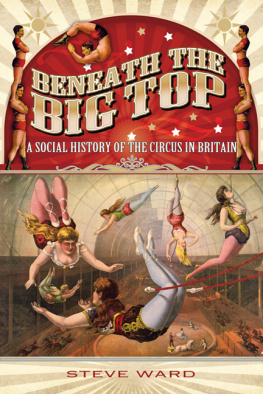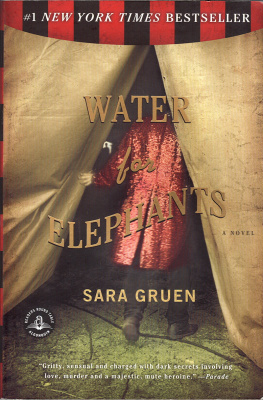ACKNOWLEDGMENTS
I was the art critic and also an entertainment and feature writer at the daily Milwaukee Sentinel (now Milwaukee Journal-Sentinel) when I first set out to write the story of Leitzel and Alfredo Codona. More punctilious then than I am today, I set a strict deadline for the books completion.
I missed it, but only by thirty-plus years.
Actually, except for the last chapter or two, I had completed a first draft of the book by the early 1980s. And I hated it. Every word. I felt back then, as I do today, that the story of Leitzel and Alfredo was the greatest one the big top has ever had to tell. They presided over an ever-relocating sawdust-and-rainbows-made Camelot where, one after another, wonderments kept occurring. Their love story was epic. Had it played out in the ancient world instead of the first third of the twentieth century, it might have been presented on the stage by Sophocles. Their story moved in the arc of a Greek tragedy, and, I believe, was complete with mischievous fates and vengeful gods.
And yet nothing of this radiated in that initial draft of the story I produced. I stowed that effort in a desk drawer, believing I needed to rethink everything. I thought then that I might return to the pages in six months or a year. But at about this same time, my life started changing in a lot of radical, but good, ways. In 1981, I took a position as a guest curator at the Milwaukee Art Museum. In 1982, I married the love of my life. The academic year of 198586 was spent at the University of Michigan in Ann Arbor where, with funding from the W. K. Kellogg Foundation, I had been recognized for my critical writing with a Journalists in Residence fellowship. Then, in 1987, I fulfilled a long-held wish: I opened a gallery of contemporary art in Milwaukee, the eponymously named Dean Jensen Gallery that I continue to operate today.
Around 2009, I decided to revisit the Leitzel and Alfredo Codona story. I never took a second look at my first telling, but did regather my research materials, including notebooks, envelopes plump with letters and yellowed newspaper cuttings, and many dozens of tape-recorded interviews, most of them with Alfredo and Leitzels fellow travelers with the Ringling Bros. and Barnum & Bailey Circus and also members of their families. Soon, I was stabbing at the letters of a keyboard on a new first chapter. For another year and a half or so, in slivers of time stolen from the gallery, I continued to write. Then, Queen of the Air was finished. I do not know if this book is a good one, but I know it is many times better than my early attempt at telling the story of the two greatest stars that ever appeared in the canvas cathedrals.
I was immediately exhilarated when, after so many years, I finally I finished the story. But I also felt a sadness, one that still abides. While engaged in research, I interviewed more than a hundred of the circuss nomads, among them such legendary figures as Karl Wallenda, patriarch of the great and still-performing family of wire-walking daredevils; Merle Evans, bandmaster of the Ringling circus for about a half century; May Wirth, the dazzling, Australia-born equestrienne; and Victoria Codona, Alfredos sister and the princess of the high and low wires. All the troupers were retired and in their advanced years when I started my visits with them, and they are all gone now. How I wish they were still here to let me know if I got anywhere close to accurately describing their world.
My thanks go first to Eileen Cope, the agent who represented me in the sale of Queen to The Crown Publishing Group. At the time I contacted Eileen, she was with the Trident Media Group, LLC, and was still with that agency when she negotiated the sale. She has since started her own New York agency, MCM, Mark Creative Management. Whether in her phone calls or emails, Eileen tends to be stinting about giving out a lot of wordsor so it has always seemed to me. She seems to value them at about a hundred dollars each. But she gave me three hundred dollars worth all at once after I wrote her a short letter, telling her of the LeitzelCodona story. This sounds fabulous, she responded immediately. My heart soared. And what a glorious ride it has been since she agreed to represent the book.
I am equally adoring of Crowns Jenna Ciongoli. She was acquisition editor for the book and then took on the role of its working editor. Jenna never gave me an impression that she was anything less than over the moon about my creation, and the suggestions she had for fine-tuning the narratives musicalityits idyllic passages as well as those that are more somber and gravewere so numerous that she could almost be credited as the books coauthor.
I am also indebted to another Crown editor, Domenica Alioto, who ably took over the stewardship of Queen during a short period while Jenna was on maternity leave. I am beholden, too, to the mighty triumvirate that Crown assembled to design a campaign to bring the book to attention in the marketplace. This team was made up of Dyana Messina, publicity manager; Julie Cepler, associate marketing director; and Danielle Crabtree, marketing department.
Queen of the Air benefited enormously from help that was provided by some of the worlds most distinguished circus scholars. First and foremost in the august group was a longtime friend, Fred Dahlinger, Jr., curator of the Circus History, John and Mable Museum of Art, Sarasota, Florida, Florida State University, and before that, director of the Robert L. Parkinson Library and Research Center at the Circus World Museum in Baraboo, Wisconsin. There may hardly be a movie or significant book on the circus of the last twenty or twenty-five years that does not have Freds handprints all over it. How many times did I call on him while producing this book? Any figure lower than fifty would be too low.
I would have been absolutely at a loss in writing about Europes late-nineteenth- and early-twentieth-century circus landscape had it not been for the considerable help I received from Dominique Jando, former associate artistic director of the Big Apple Circus and today the editor of Circopedia.org.
The books evocation of the early lives of Alfredo and Victoria Codona, when the brother and sister were touring Mexico with their father Edwards tiny circus, would have been impossible to develop without help from Greg Parkinson. A former executive director of the Circus World Museum and now deputy director of the Wisconsin Historical Society, Greg generously turned over his files on the Codona family to me.
David Kinchen, once a colleague at the Milwaukee Sentinel and later a writer at the Los Angeles Times, also had a major role in the books development. He ferreted out numerous old newspaper stories that filled in blanks about Alfredos life and death in California, and also provided me with a place to stay while I carried out research in Long Beach and Los Angeles.
Also contributing importantly to Queen were Maureen Brunsdale, rare book and special collections librarian at the Milner Library at Illinois State University, one of the countrys richest repositories of circus reference materials; Peter Shrake, current director of the Circus World Museums library, along with a staffer there, Ralph Pierce; Fred Pfening III, editor and publisher of Bandwagon, the bimonthly journal of the Circus Historical Society; Prof. Vanessa Toulmin, director of the National Fairground Archive at Sheffield University, Sheffield, England; and Ole Simonsen, Copenhagen, vice president of Danish Circus Fans Association.
I must extend thanks, too, to Janet Bergstrom, professor of Cinema and Media Studies at UCLA. She is not a circus specialist, but rather a distinguished scholar of migr film directors of the early twentieth century, among them F. W. Murnau. The books pages describing Alfredos part in the making of the now-vanished movie,

